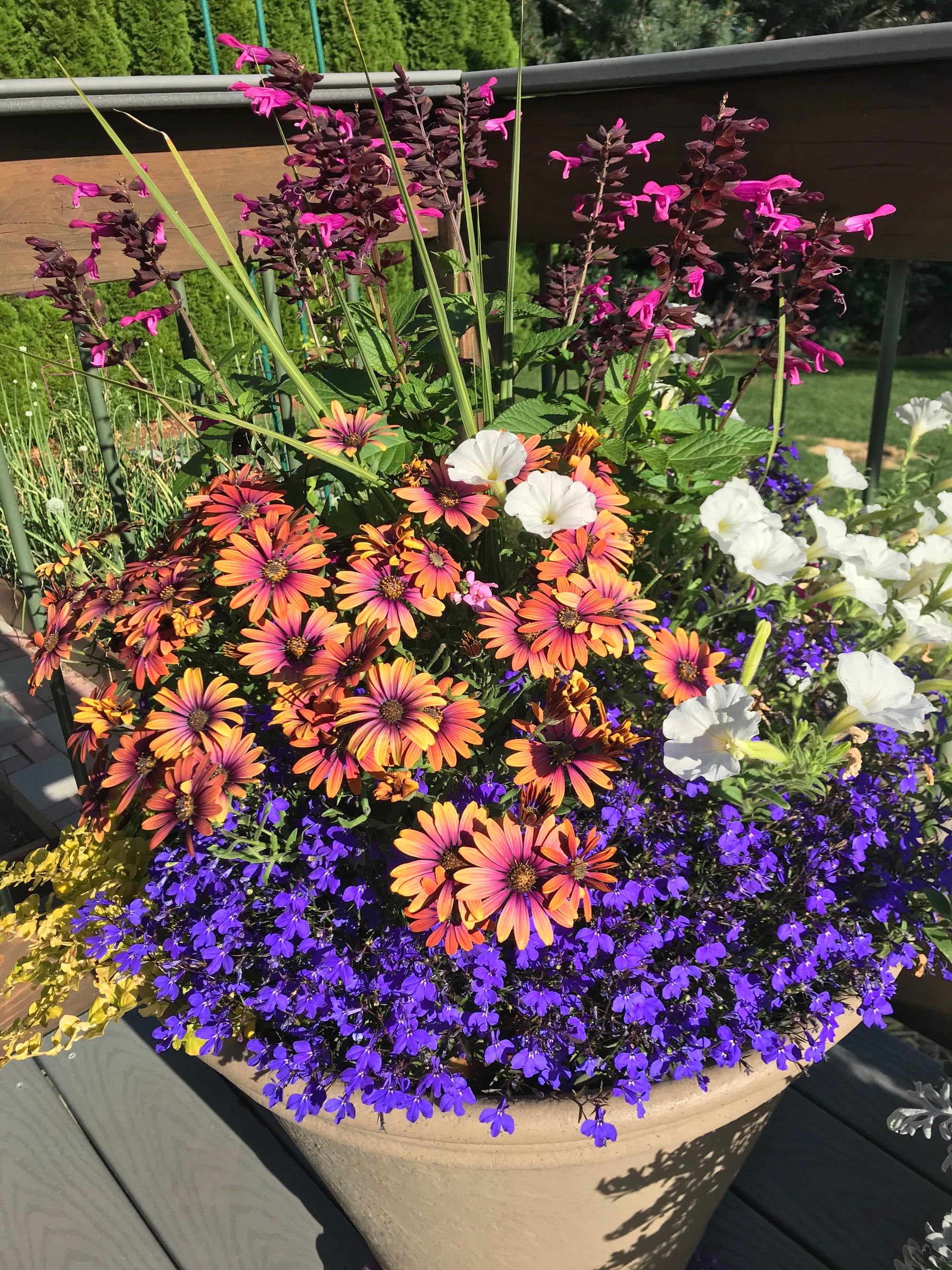
Looking Ahead to Spring: Spokane Gardening for Newcomers
Winter is the perfect time for garden planning, especially if you’re among the Spokane area’s many transplants, with big projects around your new house ahead.
Welcome! Our nickname, The Lilac City, hints at Spokane’s rich gardening culture along with what grows well here. Lilacs and many other hardy, deciduous shrubs and trees that like winter chilling and pH-neutral soil do indeed excel.
If you came from California or the “Westside” (west of the Cascades) you’ll find that while Spokane’s colder winters rule out some familiar plants, others do even better here. Fall leaves blaze brighter. Roses burgeon, free of fungal diseases. Alpine firs flourish without the gall aphids that plague Seattle and Portland.
You’re in for unique gardening opportunities and challenges. Read on for some insider tips.
Understanding Spokane's Climate
Spokane is in USDA hardiness zone 6, a zone we share with Boise, Salt Lake City, St. Louis and Boston. This is right in the middle of the USDA’s 13-zone US hardiness map, stretching from Interior Alaska’s zone 1 to hottest Puerto Rico’s zone 13.
Low rainfall sets us apart from Eastern cities, especially during the May-October growing season when plants most need water. Summers here can be drier than English humor, so an irrigation system is almost essential.
Contrary to a common misconception among Seattleites, Spokane winters are not Arctic and summers are not Saharan.
Due to its 2,000’+ altitude, Spokane is incredibly pleasant during the year’s warm half, only rarely hitting 100°. Perfect for relaxing evenings in the garden, so you’ll want an outdoor sitting space to enjoy it.
Very unlike Seattle, spring here comes all at once, in a riot of May blooms, while autumn usually lingers long under blue October skies and crisp nights.
Winters are milder than a few decades ago, with winter lows now bottoming out at -10°, versus the -26° record cold set back in 1968. However, you’ll find winter cold down to -20° in parts of the high plains to our west, along with mountain valleys north and east, where chilly northeast winds often desiccate plants unprotected by blanketing snow.
Spokane is also full of microclimates, with invisible lines separating slightly warmer and colder pockets. One such boundary begins less than a mile north of Ritters, where edgier Spokane plants such as Southern magnolias suddenly become downright risky, and you can forget about them altogether ten miles farther north in Deer Park. Meanwhile, ten miles in the other direction takes one to warmer microclimates where Southern magnolias thrive alongside some zone 7 plants like camellias.
Selecting the Right Plants
Given Spokane's climate, it's crucial to select plants that can thrive in a range of temperatures and adapt to varying moisture levels. Native plants, such as the Western serviceberry (Amelanchier alnifolia), Lewis’s mock orange (Philadelphus lewisii), ponderosa pine and sagebrush need little to no water after the first year or two, and they attract local wildlife, adding an element of ecological diversity to your garden.
Irrigation enlarges the palette to include other choice natives such as alpine currant (Ribes sanguinium), vine maple (Acer circinatum) and foxglove (Digitalis purpurea).
For colorful blooms during the summer, consider planting hardy perennials like coneflowers (Echinacea), black-eyed susans (Rudbeckia), and bluebeard (Caryopteris). These flowers can endure the summer heat and continue to beautify your garden year after year. Incorporating drought-resistant plants such as lavender, yarrow and Russian sage can help conserve water during the hotter months, and pollinators love them.
Vegetable Gardening in Spokane
Although Spokane's growing season is somewhat abbreviated, officially spanning May 5 to October 3, vegetables are thirsty and demand more fertile soil than some local neighborhoods offer.
When planning a vegetable garden in Spokane, consider utilizing raised beds with well amended soil to ensure better drainage and warmer soil in the early spring. This practice can extend the growing season and increase overall productivity. Additionally, implementing mulch and drip irrigation systems can help conserve water while keeping your plants healthy and thriving.
Many heat-loving vegetables that sulk west of the Cascades thrive here, including tomatoes, zucchinis, cucumbers and peppers. However, the heat doesn’t usually arrive until mid June, so most gardeners start with spring crops of leafy greens and peas, then switch to the heat lovers.
Challenges: Frost and Deer
As with any gardening venture, challenges may arise, and Spokane's gardeners must be prepared to address them. One of the most significant challenges is the threat of unexpected frost in late early May, so consider using row covers, cloches or cloths to shield plants during chilly nights.
Spokane's famous nearness to nature also means that deer and other critters venture into suburban gardens and even into urban ones in search of food. To safeguard your garden against these visitors, install deer-resistant fencing or opt for deer-resistant plant varieties.
Staples for deer-resistant gardens include daffodils, lavender, epimedium, barberry, cinquefoil, weigela, ninebark and spirea.
Community and Resources
Spokane boasts an increasingly vibrant gardening community, with numerous garden clubs, while garden tours and other events take place throughout the non-freezing half of the year.
The Washington State University Spokane County Extension provides a wealth of gardening resources, including workshops, publications, and access to volunteer master gardeners who can offer personalized advice on gardening in Spokane.
So grab your trowel, look into these resources, talk with Ritters staff and your gardening neighbors, and you’ll be well on your way to a stunning garden filled with colorful blooms and bountiful harvests.

